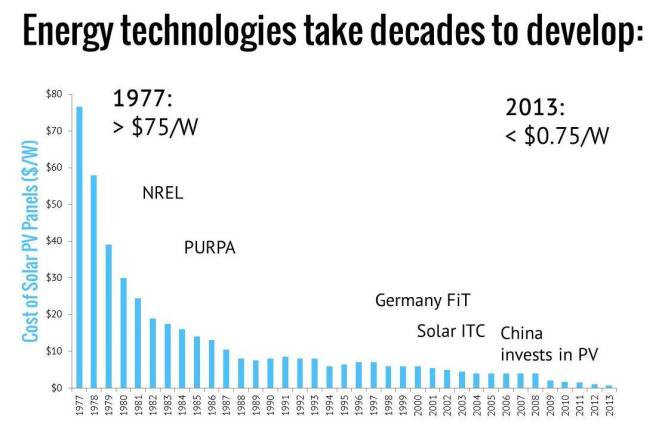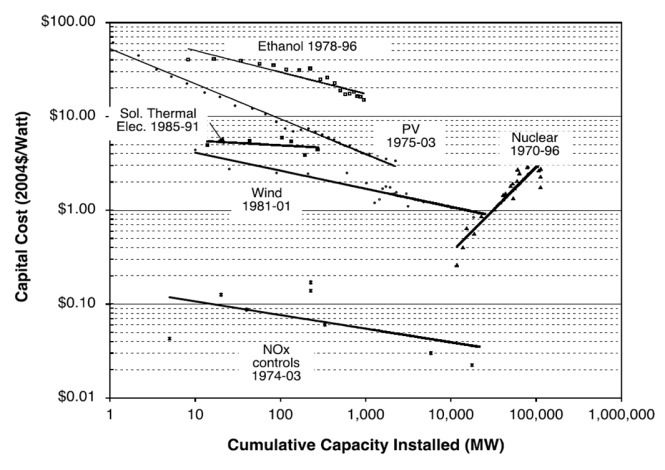Bloomberg news recently ran an article on conventional Carbon Capture and Storage (CCS) technology titled “We Now Know How to Save the Planet. For $17.6 Trillion.” While “saving the planet” sounds great and “$17.6 trillion” sounds absurdly large, both claims are probably incorrect and likely to generate misleading perceptions about the appropriate role that conventional CCS technology might play in the fight against climate change.
For one, deploying large-scale conventional CCS is unlikely to be enough to “save the planet” from climate change by itself. Emissions from the power sector only comprise about a quarter of all GHG emissions, and conventional CCS has little ability to decarbonze other sectors that represent net sources of GHG emissions today, such as agriculture, forestry, and transportation:

Source: EPA website
While CCS could provide a critically important component of a broader portfolio of solutions to prevent climate change, it isn’t likely that CCS alone will “save the planet.”
An important caveat here is that the Bloomberg article only analyzed “conventional” CCS on stationary power sources. In fact, there are many ways to achieve “CCS” through non-conventional means: through planting more trees, managing agricultural lands using carbon sequestering approaches, and restoring wetlands/grasslands, to name a few. With this expanded view of what CCS means, CCS can have a much larger impact on preventing climate change, especially in the difficult-to-decarbonize sectors like forestry and agriculture.
But returning to the article, the second key problem is the fact that the $17T figure cited for the estimated cost of deploying conventional CCS globally is likely too high. To get this $17T estimate, the author applies the cost of a first-of-a-kind CCS project in Canada across all power plants globally. This is akin to applying the cost of a 1980s solar plant to estimate the overall cost to deploy solar across the globe: it would fail to factor in the decades of R&D and cost declines that happen as more and more projects get installed.
Source: adapted from costofsolar.com
Energy technologies take decades to develop, but when they do, they follow fairly predictable learning curves:
Source: Dan Kammen, UC Berkeley (lecture notes 17)
So long as conventional CCS doesn’t face the same safety/regulatory hurdles as nuclear and can benefit from some degree of economies of scale in manufacturing, the overall cost of CCS would likely be an order of magnitude less than this estimate if conventional CCS were deployed at the massive scales suggested in the article. For such a large-scale deployment of conventional CCS, even a $5T price tag spread evenly over 25 years would amount to a capital cost of about $250 billion per year — around a quarter of a percent of global GDP and equal to what we invest annually today in clean energy. It is fair to say that CCS is an immature, costly, and unproven technology today; it is not fair to simply assume that CCS will remain this way indefinitely — especially if we continue to invest in R&D for CCS technology in the future.
The bottom line is that the Bloomberg article creates a significantly skewed understanding of what role conventional CCS technology might play in the fight against climate change. While a more nuanced discussion around the appropriate role for CCS might be less prone to catchy headlines, it is nevertheless important to engage in today.


Ethanol doesn’t produce watts -electrons …. That’s the problem C-negative fuels and organic agriculture via #biogasdoneright at near zero marginal cost.